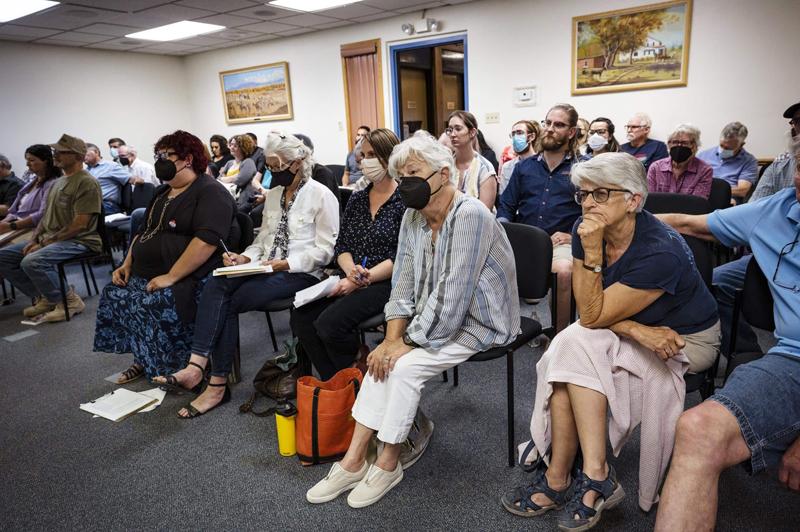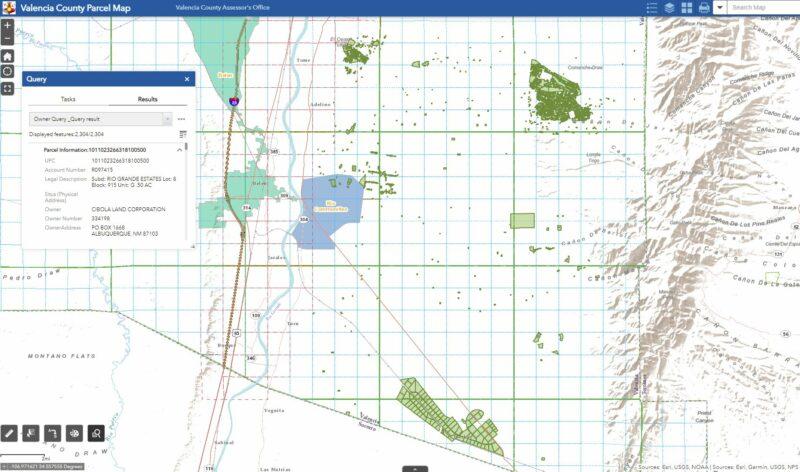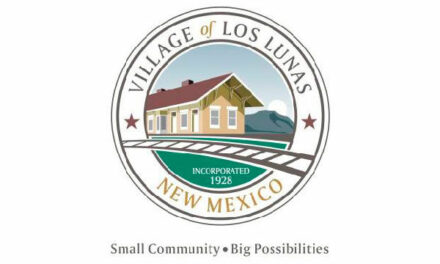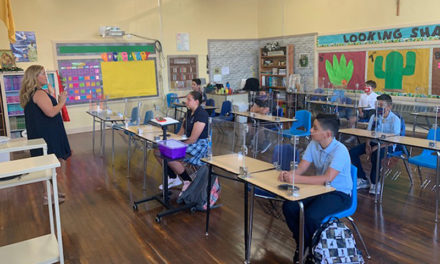Just how easy will it become to drill for resources such as oil and natural gas in Valencia County all depends on what happens at a special county commission meeting next week.
The Valencia County Commission will take comment and hear testimony on a proposed addition to the county’s zoning ordinance — a natural resource overlay zone that will allow for extraction of resources ranging from timber to oil.
The commission approved the NROZ at its May 4 public hearing, but has since been forced to rehear the matter due to a public notice error. A second public hearing on the proposed ordinance will be held at 5 p.m., Thursday, July 14, at the Los Lunas Transportation Center, 101 Courthouse Road.
Due to the publication snafu, the matter came back to the commissioners at their June 1 meeting, where they voted to rescind the May vote and re-advertise the public hearing for the NROZ the required two times. At the June meeting, the commission chambers were standing room only with 30-plus people speaking against the overly zone and another two dozen letters of opposition submitted to the commission.

Chancey Bush | Albuquerque Journal photo
Dozens of residents and activists filled the Valencia County Commission chambers last month, speaking out in opposition to a proposed Natural Resource Overlay Zone for oil and gas development.
Most who spoke expressed concerns about water use and future water quality, the impact to the environment, as well as overall quality of life, if oil and gas drilling and fracking — hydraulic fracturing — was widely and easily done in Valencia County.
The introduction of an overlay zone — which leaves the existing zoning intact during a use — seemed to come out of the blue, but according to an interview with the Albuquerque Journal, long-time oilman Harvey Yates had been working with the county to craft the ordinance. Yates attended the May meeting, telling the commission he was there to answer questions.
According to a May 31 Journal article by Kevin Robinson-Avila, between owned property and subsurface mineral rights, Yates’ holdings encompass at least 20,000 acres, mostly on the county’s east side, which he largely acquired in the early 1980s from Horizon Land Corp., a real estate company that at one time owned about a quarter of all the land in the county.
Yates’ acquired those holdings largely to explore for oil and gas, but he has also pursued other uses, such as ranching and some industrial development. Now, however, he is directly focused on drilling into potential hydrocarbons trapped in the Albuquerque Basin below those lands, something Yates has envisioned for more than four decades.
“I’m an old man — 80 years old — and I want to see a discovery there while I’m still alive,” Yates told the Journal. “I’m intent on doing some drilling.”
Yates said he approached Valencia County officials over the past year regarding subsurface mineral exploration because current zoning and regulation makes drilling very difficult in most places, if not impossible.
He also gave feedback on the NROZ before the May commission meeting, suggesting modifications to the initial draft proposal, Yates told the Journal.

Source: Valencia County assessor’s office online parcel map
The properties highlighted in green are owned by Cibola Land Corporation. Harvey Hates Jr., a high profile businessman in the gas and oil industry in New Mexico, is president of the company.
County zoning ordinances already include a mineral resource district, which lays out permitted and conditional uses for that type of zoning. Permitted uses include mining for rock, sand and gravel, exploration for mineral or geothermal resources and rock crushing.
Activities in an MR zone which require a conditional-use permit include extraction and development of oil, natural gas or geothermal resources. A conditional use request is usually made after a zone change is granted, but it can be requested and considered simultaneously.
While the NROZ refers to exploration and extraction in several places, a “natural resources project” is defined as a project to extract timber and any metalliferous or nonmetalliferous mineral product, combination or compound, and to extract oil, natural gas, hydrogen, and/or geothermal resources, liquid hydrocarbon, individually or any combination thereof, or carbon dioxide.
To get either a zone change or approval for an NROZ, an applicant has to go through a Type C process with the county, which starts with a public hearing before the Valencia County Planning and Zoning Commission. Landowners adjacent to and abutting property subject to a zone change or overlay zone request will receive notification of the hearing via certified mail.
After the hearing, planning and zoning commissioners vote on whether to recommend the requested change or not, then forwards it on to the Valencia County Commission.
The VCC then holds a second public hearing, of which neighboring land owners are again notified, before voting on whether to approve the zone change or overlay zone. The commission typically holds the hearing and votes on the request at the same meeting.
The final decision by the county commission can be challenged in district court by someone who has standing in the matter, usually one of the property owners notified of the hearings.
In the NROZ, there is language directing the planning and zoning commission on how to review and evaluate applications for the overlay zone.
Any determination that a proposed NROZ will be detrimental to health, safety or general welfare must be specific in nature and must be related to the proposed location of the overlay zone and cannot be based on generic and speculative harms, the ordinance reads, and the planning and zoning commission “must also consider the advantages from the successful development of the natural resource at the proposed NROZ site,” including possible economic benefits, potential jobs and the potential increase to tax revenue for the county.
Neither the county’s solar overlay zone ordinance, adopted in 2014, or it’s more recent overlay zone for greenhouses, approved last year, contains these directives.
During the June meeting, commissioners made the argument that the overlay zone would offer protections to the community that a zone change wouldn’t, specifically that if the project didn’t move forward within 24 months or the activity stopped, the overlay zone was voided and the land reverted to its underlying zoning. In the case of a zone change, even if activity stopped the zoning remains and operations can resume or change to another allowable use under the zoning.
Proposed Natural Resource Overlay Zone ordinance (2022)
Julia M. Dendinger began working at the VCNB in 2006. She covers Valencia County government, Belen Consolidated Schools and the village of Bosque Farms. She is a member of the Society of Professional Journalists Rio Grande chapter’s board of directors.

















